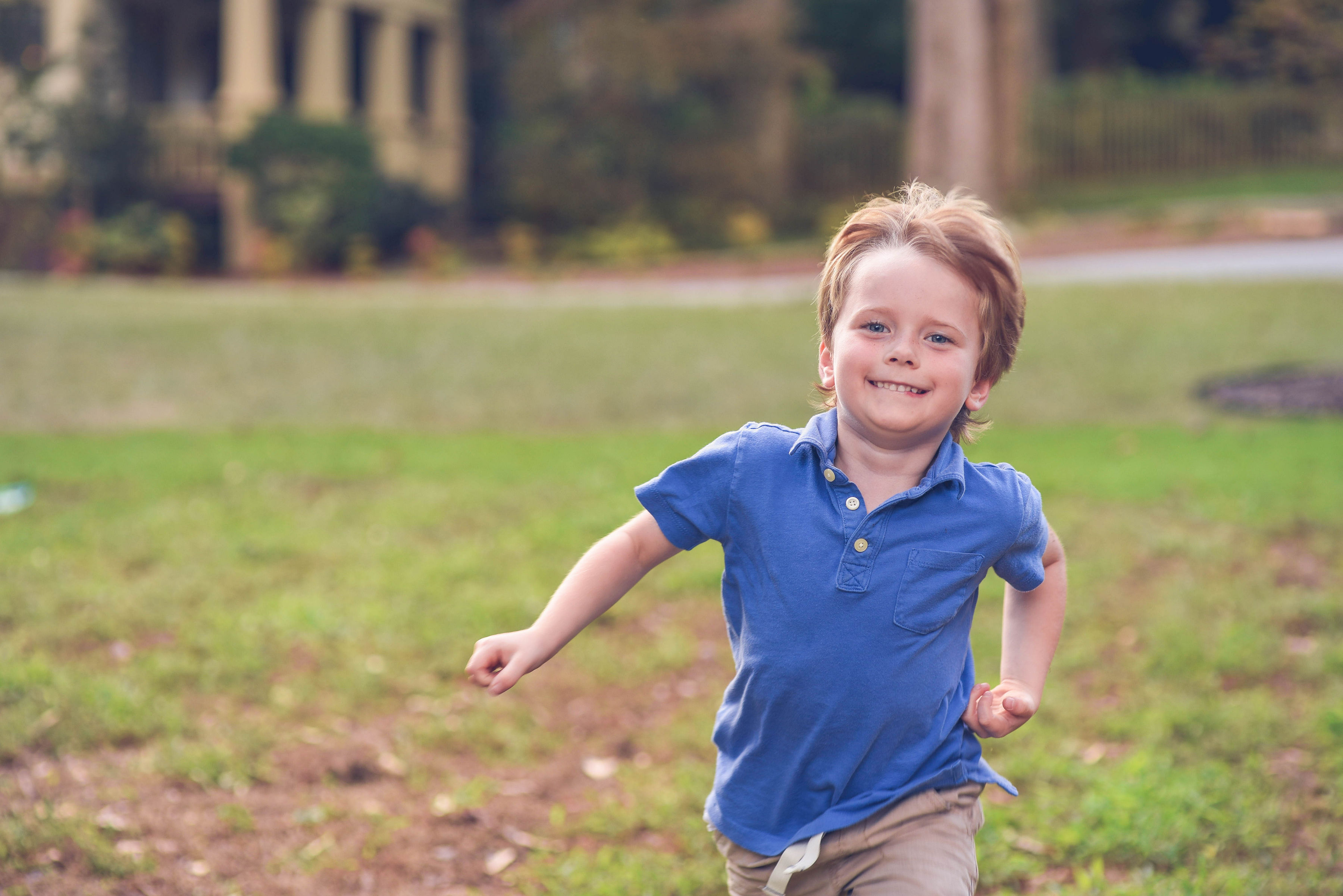Motor and language development depend on one another much more so than previously thought.
Tell Me More
Our ability to speak depends in part on the muscles in the mouth, tongue, and throat. These muscles are controlled by nerves that mature just like those needed for other motor activities, such as, walking. Accordingly, children who achieve motor milestones early also tend to be early speakers, and, in general, are at the upper end of the spectrum for verbal skills.
The maturaton of the language and motor areas of the brain are interdependent. Consequently, the more your child moves and interacts physically with their environment, the more opportunities there are for the muscles that coordinate speech to develop, thus prompting enhanced language development.
In fact, recent work has taken this link further, showing that preschool speech fluency is linked to infant and toddler motor skills.
So What?
Because your
A note about the author:
Dr. Randa Grob-Zakhary, MD Ph.D. is the Founder of The Babyboost Institute for Early Learning and Development. Want more tips? Purchase Babyboost: 50 Critical Facts on Amazon.


